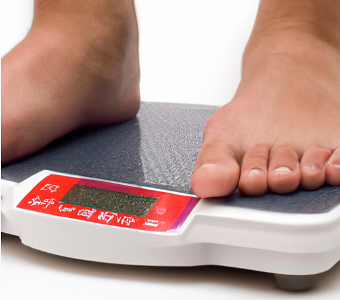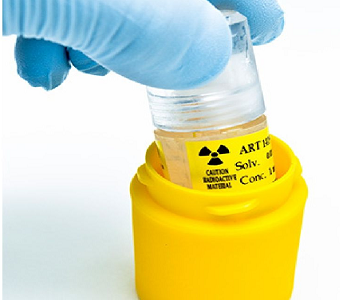The American Society of Clinical Oncology (ASCO) annual meeting is right around the corner, and healthcare investors will have a close eye on ASCO for new and updated oncology data – the meeting has revealed some of the oncology breakthroughs (and large single-day price swings in biopharma) over the years.
The medical meeting kicks off on May 30 and lasts through June 3. Abstract titles were made public on April 21, and the abstracts themselves will be made public on May 14.
Below we’ve put together notes on a few of the buzz-worthy events, and related abstracts, ahead of ASCO, including:
- Updates on Incyte’s (INCY) Jakafi.
- Discussion of Pharmacyclics’ (PCYC) Imbruvica, AbbVie’s (ABBV) ABT-199, and Gilead’s (GILD) idelalisib in CLL and NHL.
- Timelines for AstraZeneca’s (AZN) AZD9291 and Clovis Oncology’s (CLVS) CO-1686.
- A brief rehash of the PD-1/PD-L1 race.
- And one small-cap ‘lotto’ worth knowing.
Incyte’s (INCY) Jakafi in pancreatic cancer and polycythemia vera
What’s the mystery subgroup?
Incyte Corporation (INCY) will present data related to Jakafi (ruxolitinib) in pancreatic cancer and polycythemia vera, and results for the IDO inhibitor INCB24360 (‘24360) in metastatic melanoma.
Investors will be paying attention to the pancreatic data given that the subgroup in which Jakafi proved impactful has been shrouded in mystery for nearly half a year.
Abstract #4000: A randomized double-blind phase 2 study of ruxolitinib (RUX) or placebo (PBO) with capecitabine (CAPE) as second-line therapy in patients (pts) with metastatic pancreatic cancer (mPC).
Incyte’s oral presentation will provide full details from the phase 2 RECAP trial (protocol) of Jakafi, a JAK1/JAK 2 inhibitor, in patients with refractory metastatic pancreatic cancer. Top-line results were previously released in August of 2013, which boosted the stock 30% in a single day. Jakafi in combination with capecitabine demonstrated an overall survival (OS) HR in the intent to treat population of 0.79 (one-sided p=0.12, not statistically significant). But in a pre-specified subgroup analysis, the combination generated an HR for OS of 0.47 (one-sided p=0.005); 6-month survival in the ruxolitinib arm was 42% vs. 11% for placebo. Incyte is running two phase 3 trials (JANUS 1 and JANUS 2) around this patient population, but the subgroup remains a mystery to date. Understanding what subpopulation of pancreatic patients in which Jakafi reportedly works will go a long way in modeling Jakafi’s sales/regulatory potential.
Abstracts #TPS7128 & #7026: A phase 3b study evaluating the efficacy and safety of ruxolitinib in patients with hydroxyurea (HU)-resistant/intolerant polycythemia vera (PV) versus best available therapy (BAT) and Results of a prospective, randomized, open-label phase 3 study of ruxolitinib (RUX) in polycythemia vera (PV) patients resistant to or intolerant of hydroxyurea (HU): the RESPONSE trial.

Already a Premium user? Sign In




